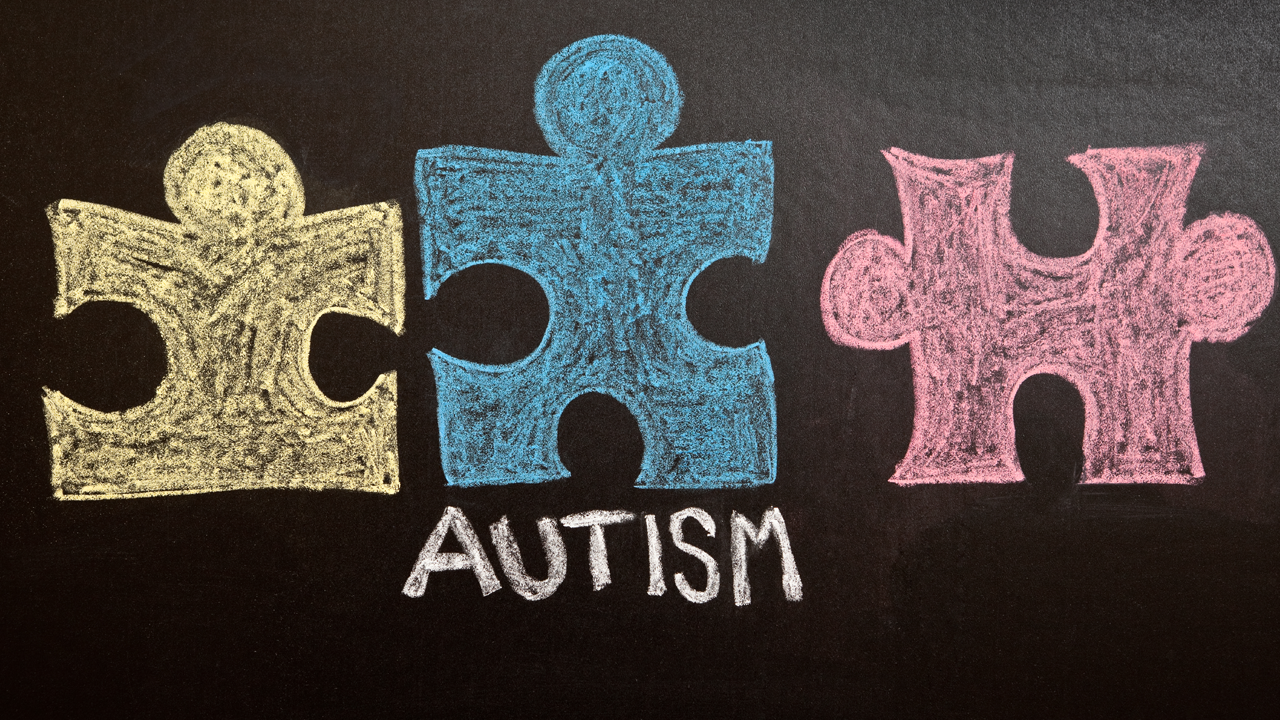
Why does autism strike four times as many boys as girls? The answer may lie in specific biological shielding mechanisms that operate in girls, but not boys, even when both sexes have the same genetic defects associated with the disorder.
That conclusion leapt from the data in a study led by University of Minnesota researcher Nicola Grissom, Ph.D., an assistant professor of psychology. Published in Molecular Psychiatry, the study opens a door to understanding and one day better treating the disorder.
"Researchers have known about the 'female protective effect' in autism spectrum disorders for quite a while, but the reasons why girls might be protected while boys are vulnerable have remained mysterious," Grissom said.
This effect means a boy has a 1-in-42 chance of being diagnosed, but a girl has only a 1-in-189 chance, according to the Centers for Disease Control. Those who do develop the disorder have difficulty in responding to rewards that would otherwise serve as cues that help shape social behavior.
Genes and Autism
As with other spectrum conditions, the severity of autism varies widely. Certain genetic variants are linked to a higher chance of a child being somewhere on the spectrum. Also, it takes fewer variants to predispose a boy to developing autism than it does a girl. That is, girls may be spared autism even though they have the same number and kinds of genetic variants that cause the condition in boys.
Grissom tackled this conundrum by studying mouse models of one type of autism while at the University of Pennsylvania (her previous academic home), with colleagues now at the University of Iowa. In these mice, one copy of one chromosome lacked a particular section of DNA—a lesion mirrored in some humans with autism. The aim was to see how male and female mice differed in brain function, particularly the ability to learn new behaviors by being rewarded with food.
Startling Differences
The results were as clear as they were surprising.
Female mice with the lesion "were totally unimpaired and learned just as quickly as typical females," Grissom said. But males with the genetic lesion "had a really hard time learning new responses and would want to perform old responses repeatedly, not unlike repetitive behavior seen in people on the spectrum."
The researchers also examined proteins in the striatum, a brain area that plays a central role in animals' ability to learn responses to rewards. Males, but not females, with the lesion showed signs of being biochemically geared to send signals to "stop" a behavior more often than to "start" one. As expected, males with the lesion made only half the normal amount of an enzyme—also a protein—that acts to dampen striatal plasticity and behavioral learning. But the enzyme was in a hyper-activated state that more than compensated for its low level. Females, however, made a more nearly normal amount of the enzyme, and it wasn't hyper-activated.
"These findings suggest that the striatum in females can normalize itself on a biological level, even in the face of a large genetic deletion," said Grissom.
Is the 'Y' Why?
Signs of autism can appear as early as the first year of life, and may hinge on which sex chromosomes a person has.
"Evidence suggests that altering sex chromosomes impacts both reward-related behavior in animals and neurodevelopmental disorder risk in humans," said Grissom. "For example, people who are XXY have a much higher chance of being on the spectrum than XY, who in turn have a much higher chance than XX.
"Secondly, a Y chromosome can allow the developing fetus to respond to hormonal signals from the mother that permit male-specific developmental changes. [These phenomena could be] interacting with our autism-associated genetic variants.
"The good news is, with ours and others' work we now have two outcomes to look for when we try to find the roots of the sex difference: our behavioral changes, and our protein changes."